How to Sequel Like James Cameron: 'Terminator 2'
'Aliens' is brilliant, but let's break down the superior cinematic achievement that is 'Judgment Day'
One of the most common refrains you will hear when pitching on a Hollywood sequel or reboot or even just a good old-fashioned adaptation of a good old-fashioned (but tired) piece of intellectual property is: “We’re looking for more of the same…but different.” In other words, “We want to give audiences exactly what they expect from this film but in a completely different way that will surprise them, thrill them, or, really, just make them feel less like we had completely run out of ideas…which we have…so what have you got?” And there is no greater master at delivering this to studios and audiences than James Cameron - which is why we’re going to be taking a look at THE TERMINATOR and TERMINATOR 2: JUDGMENT DAY to demonstrate how the filmmaker sequels better than anyone else in the game.
In 1986 and then, again, in 1991, Cameron helmed two of the greatest sequels ever made: ALIENS and TERMINATOR 2: JUDGMENT DAY respectively. Both successfully delivered audiences “more of the same, but different” in spades, establishing themselves as wholly distinct from their originals while also building on the originals’ stories in exciting, unexpected, and dramatically moving ways.
But in the case of TERMINATOR 2 — which I would argue is the superior sequel of the two — Cameron goes one step beyond simply reproducing and building upon a sense of what worked the first time around in 1984’s THE TERMINATOR. Instead, he almost perfectly recreates the original’s structure, right down to echoing numerous lines of dialogue and images - and I don’t just mean “I’ll be back.”
In doing so, the filmmaker accomplishes the mission he undertook (more of the same, but different), uses the film’s structure to actually dramatize its thematic debate about free will versus fate, and, perhaps most spectacularly, shows how the act of making a sequel can be just as much of an artistic statement as the content of the film itself.
Next, I’m going to break down the first two TERMINATOR films — both directed and co-written by Cameron — to compare, contrast, and show how he accomplished this triple feat.
THE TERMINATOR
THE TERMINATOR was co-written by James Cameron and producer Gale Anne Hurd. It stars Arnold Schwarzenegger as a T-800, a cyborg “terminator” from the year 2029 sent back to 1984 to kill one Sarah Connor (Linda Hamilton). Sarah’s future son John Connor is humankind’s last hope against the artificial intelligence known as Skynet that has wiped out most of the human population. Kyle Reese (Michael Biehn) is sent back in time by John to protect Sarah, thereby ensuring John will one day be born and help retake Earth from “the machines”.
From this description, you would assume THE TERMINATOR is an action film, but it’s a science-fiction horror film to the core. Specifically, it’s a slasher flick. Think of the Terminator as a cybernetic Michael Meyer, silent, unstoppable, capable of mass murder without emotions. Cameron even shoots the film far more like a smaller, lower-budget, say, John Carpenter film than the increasingly slicker and bigger films of his that would follow including TERMINATOR 2: JUDGMENT DAY.
What this means in practice is: there are plenty of jump scares, horny twentysomethings who get mutilated, and gleeful gross-outs and body horror. To tie it all together, there’s an unsettling synthesizer score by Brad Fiedel that also feels like it belongs to the slasher genre.
Now, let’s look at the film’s structure because, as I’ll show when I get to TERMINATOR 2: JUDGMENT DAY, the sequel uses a nearly identical one on purpose. The same breathless three-night/two-day story is, you might say, repeating itself beat by beat (with a few exceptions)…but different.
A title card and brief futuristic sequence introduce us to a post-apocalyptic world of machines where human beings appear to be fighting for their survival. The year is 2029.
From the future, we cut from killer machines to hydraulic arms lowering like mechanical fists. These belong to a garbage truck. It’s 1984 now, a title card tells us, 1:52 a.m. This is one of many tricks Cameron plays in this film, constantly playing with the audience to confuse its expectations and cleverly inject moments of levity into the proceedings. It tells the audience it’s in the hands of someone it can trust; just sit back and enjoy the ride wherever he takes you.
Then, a giant naked muscle head appears in a sphere of crackling blue electricity. If you’re watching this for the first time, you have no idea Arnold Schwarzenegger is playing a cyborg or a murderous monster here. A moment later, he encounters three young punks (one of which is a young Bill Paxton) and demands their clothes. One of them stabs him in the gut, but he doesn’t even flinch. He then drives his fist through one of the punk’s chests. This is how the naked muscle head gets his cool leather jacket and edgy killer look.
Next, we meet Kyle Reese (note that the “good guy” shows up second here, in pursuit you might say). He appears in another sphere of electricity, except he’s half the size of Schwarzenegger – who we’ll just call the Terminator at this point, because we know what he is even if 1984 audiences didn’t yet – and his body is covered in countless scars. These scars tell us two things. One, Reese has seen a lot of action. Two, he can be harmed, unlike the Terminator. Reese goes on to steal clothes from a homeless person and run from the cops rather than kill him, letting us know he’s an unsexy hero and, oh yeah, he’s the actual hero (or else he would’ve just killed those cops with the same lack of concern the Terminator demonstrated when he squeezed Bill Paxton’s heart like a stress ball).
Reese then turns to the Yellow Pages for a name…Sarah Connor. We still don’t know what he’s here for, remember, but we now know it involves this person - which makes this our inciting incident, the event that sets our characters in motion and lets our audience know what’s at stake (even if they don’t understand the stakes fully yet).
Now it’s time to meet Sarah, our heroine. She’s a diner waitress, all soft-faced and stylish, with big hair and an enthusiasm for life. Ah, to be young and alive in the eighties. The poor thing has no idea what’s coming her way.
The Terminator hunts down two other Sarah Connors until he finds the right one hanging out alone at a club – which is when Reese pops up. Sarah sees his shotgun first, assuming he’s there to kill her. But no, the twist (at least for her) is he’s her savior. “Come with me if you want to live,” he tells her. This is our Act 1 turn - our heroes, Sarah and Reese, are now united.
Note: THE TERMINATOR is unusually constructed in some ways and one is that it’s first act is very long (like it’s sequel); it ends roughly 35 minutes into the film. Not that you care about any of that as you watch it; it’s a lean, mean story that only periodically lets up long enough for you to catch your breath.
Next comes the rules, a period in THE TERMINATOR and its sequel in which our heroes bond while discussing the rules they — and the audience — need to understand for the rest of the film to make sense. In the first of two such rules scenes, Reese tells Sarah she’s been targeted for “termination.” This confuses Sarah, who insists she didn’t do anything. “You will,” he says flatly. He tells her he comes from “one possible future, from [her] point of view. I don’t know tech stuff.”
Note how fantastic this one line is – “I don’t know tech stuff.” He’s presented rules, but Cameron leaves enough narrative flexibility for future reinterpretation. Plus, the filmmaker avoids boring audience’s with too many words in what has so far virtually been a silent film (no, really; this “rules” section involves more dialogue than the whole of the film up until this point).
At the midpoint, Sarah and Reese are apprehended by the police. Reese is arrested and Sarah is questioned by cops who don’t believe her fantastical story and even make her wonder if she’s insane. Then, the Terminator arrives. The desk officer tells him he can’t see Sarah, and the Terminator replies – iconically now – “I’ll be back.” When he returns, he kills almost everyone in the station except Sarah and Reese, who narrowly escape.
Note: This massacre is arguably THE TERMINATOR’s low point, but it comes very early in the film to typically referred to as such. For structure sticklers, the Act 2 turn would usually follow this low point within a few scenes, but in THE TERMINATOR a whole series of them follow - including a flashback…er…forward?
While hiding out in a hotel room, Reese describes what life is like in the future. This involves revealing that he carried a photo of Sarah with him that her son John gave him, kept in his coat sleeve like soldiers kept photos of their sweethearts with them in Vietnam – a war Cameron lived through. “I came across time for you, Sarah. I love you. I always have.” Obviously, Sarah has to sleep with Reese after that amazing line…which she does, even though he admitted to never having been with a woman before only moments earlier. I’d criticize the guy’s game, but, like I said, it works.
Note: This is a reversal of a slasher flick rule in which “sluts die” for giving it up. By taking Reese’s virginity, Sarah actually ensures that he’ll die by the end of the film…which, of course, he does.
The Terminator shows up at the Act 2 turn. Sarah and Reese flee in a thrilling highway chase that culminates with a crash and explosion outside an industrial complex. The Terminator’s flesh is burned away, and it — no longer a he — rises from the flames to stalk after its prey.
Reese, Sarah’s protector, dies - blowing up the Terminator as he goes, fulfilling the promise that “sluts die” in slasher flicks.
Note: I call Reese Sarah’s protector here because that was the role assigned to him, but there’s another role that Reese plays here I don’t think gets enough attention (it will be echoed in the sequel, as I’ll explain). Yes, Reese saves Sarah’s life many times, which you could say makes him the damsel in distress. But dying is what the female love interest typically does in action films to transform the male hero. It’s a tired, arguably misogynistic trope. Here, the male love interest dies to transform the female hero. This is because Cameron — who has written some of the most iconic female action heroes of all time — likes his heroines forged in violence (heroines are forged in violence in slasher flicks, too, remember - which, as I explained, THE TERMINATOR is).
Sarah, injured, fights a maimed Terminator alone. But hey, good news, she’s triumphant. The Terminator crawls across a grated floor, after her, unwittingly into a metal press where she crushes him - leaving behind only a skeletal forearm and hand.
In the final scene, we find Sarah completely transformed. She looks harder, somehow even sharper, and wears a Rambo-like headband that says she’s either ready to disco or kick ass. A kid takes her picture with a Polaroid camera, and the photo it produces turns out to be the one Reese carried with him in the future. More importantly, she’s pregnant – meaning Reese fathered John Connor, future savior of humankind. Another way to look at this, of course, is that John Connor sent his father back in time not so much to stop the Terminator as to knock up his mother and then die. Was this always fated to happen, or were these all decisions human beings made for themselves? Sarah seems to think so. The film ends with her determined to prepare her son for what’s coming his way.
TERMINATOR 2: JUDGMENT DAY
Still here? Because if you thought that summary was epic, I’m only getting started.
THE TERMINATOR was a huge hit by all accounts, but it took seven years for Sarah Connor to return to the big screen in TERMINATOR 2: JUDGMENT DAY. James Cameron again directed, but was joined this time for script duties by William Wisher Jr. (who provided “additional dialogue” to the original, one of the oddest screenwriting credits I’ve seen after the Writers Guild of America was founded).
In this sequel, Skynet launches an even more advanced, shape-shifting T-1000 Terminator (Robert Patrick) back in time on a single-minded mission to kill not Sarah – her son, future resistance John Connor himself. The resistance skips sending a weak-ass human to protect Sarah and John this time, and instead sends back an outdated, reprogrammed T-800 Terminator (again Arnold Schwarzenegger) to save the future. The unexpected alliance of the Connors and the T-800 leads to John developing a father-son relationship with the cyborg and the T-800 evolving human-like emotions.
Unlike its predecessor, TERMINATOR 2 is a full-blown action film with special effects even more front and center thanks to Industrial Light and Magic’s early CGI work on the T-1000’s shape-shifting abilities. Even Brad Fiedel’s score gets an epic upgrade.
But the most important narrative evolution in the story is the temporally dissonant family theme that quietly props up the first film — Connor, Kyle Reese, and their son — moves loudly to the forefront with the T-800 replacing Reese in the narrative. TERMINATOR 2 is about the extreme lengths parents will go to protect their child – including their future (the world they’ll grow up in).
Now, let’s look at TERMINATOR 2’s structure because, as I’ve already said, it uses a nearly identical one to THE TERMINATOR. The same breathless three-night/two-day story repeated beat by beat (with a few exceptions)…but different. Those exceptions are narrative pivots the sequel takes, specifically at the midpoint, but even as it does this, it continues to echo moments and lines of dialogue from the original film. Its greatest innovation, which is tied to that midpoint change we’ll get into is, is how surface the thematic debate of free will versus fate becomes.
We again kick the story off in 2029. This time, no title card. Sarah Connor’s voice, rawer, weighted by some terrible trauma, sets up the sequel. The world as we know it ends in 1997. Those who survived “judgment day” went on to face a new nightmare, a war against “the machines”. The machines sent a Terminator back to kill her son John, but it failed. A second has been sent to strike at John when he was still a child. In response, the resistance sent a lone protector to save John. It’s now just a question of which gets to John first. Whew, that is…economical. Nothing wasted there.
From the future, we cut to 1991 to meet a new T-800 Terminator arriving in the “present”. Remember, you have to read this breakdown as a response to not just the events of THE TERMINATOR, but the film’s very structure. Last time around, Arnold’s Terminator showed up first and quickly revealed himself to be the bad guy. This new T-800 shows up in the same structural position…could he be a bad guy?
Next, instead of the machine rumbling of a garbage truck’s hydraulic arms, we get the machine roar of motorcycles as the T-800 arrives at a biker bar. This Terminator already feels less ominous than the last one, which might have something to do with the brighter, less gritty cinematography and the music selections. He stalks inside and demands the clothes of a biker, just like his predecessor did seven years earlier. This time, though, nobody is killed. Then, the Terminator exits to “Bad to the Bone”, making it clear to audiences this is a very different film to THE TERMINATOR despite how it’s so far the exact same film from a structural perspective.
In the following scene, the T-800’s adversary arrives from the future. Not Kyle Reese this time, but another Terminator we quickly discover – a T-1000. This one has the ability to shape-shift and takes on the identity of a police officer. He strikes an impressive figure, the kind of cop you might be able to trust. Is this the good guy of our story come to hunt down the big bad Terminator we previously came to hate?
Note: Again, Cameron is still hitting the same beats, as much to comment, I think, on the oppressive inevitability of fate as to play with the audience’s awareness of the first film to confuse its expectations. For example, Arnold played a bad guy in the original film and has appeared in exactly the same way in this sequel. If the good guy followed him into the past last time and Sarah’s narration is to be trusted, that the resistance sent a protector into the past to chase a new Terminator and, therefore, Robert Patrick must be the good guy.
The inciting incident follows. In THE TERMINATOR, this meant meeting Sarah Connor, the Terminator’s target. This time, it means meeting her son John (Edward Furlong). He’s the complete opposite of how we know he’ll end up in the future, not unlike how Sarah was when we first met her. As in the original, this all happens in the daytime.
After a quick deviation from the original film’s structure to re-meet Sarah in an asylum where she’s being studied by the same psychiatrist who didn’t take her seriously in the first film, licked by lecherous men, and doing a lot of cardio that has her looking ripped. Personally, I think of this as the second half of the John intro beat, at least as it appears in the film’s structure. In other words, still more or less the same film as THE TERMINATOR.
The T-800 and T-1000 hunt down John, trying to get to him first. Yep, this also happened in THE TERMINATOR…with one difference. So much of this takes place in the daytime; not a brief couple of scenes as in the original either. TERMINATOR 2 is a brighter film in every way.
Then, the two Terminators converge on John, locating him at almost the exact same time. The T-800 gets there a beat earlier, though, and appears like the silent slasher monster he was in the first film. A shotgun appears, slowly zeroing in on John just as Reese’s shotgun appeared and scared the hell out of Sarah in the club scene in THE TERMINATOR. A cop arrives, apparent salvation, until the T-800 orders John to get down. The T-800 repeatedly blasts the T-1000, conclusively revealing he is the good guy here as Reese did years earlier.
This is followed by a protracted vehicular escape, still following THE TERMINATOR’s playbook. At the end of this sequence, John and the T-800 come together as a unit in this story, the beginnings of their father-son relationship. Most people would call this the Act 1 Turn.
Note: I am not most people. While this beat sees the target and his protector finally brought together just as Sarah and Reese were at the original film’s Act 1 Turn, I think Cameron once again uses an unconventional structure here that pushes TERMINATOR 2’s Act 1 Turn to about an hour into the film. More on that in a moment.
Okay, this is where TERMINATOR 2 begins to play with the beats and structure of THE TERMINATOR. I say “play”, because it really begins to feel like Cameron is having fun not only with his story but with his audience. After a little bonding with the T-800, John orders the Terminator to help him rescue Sarah from the asylum.
Sarah, a heroine who doesn’t need help, is already in the process of escaping when her son arrives with the monster — or at least the face of the monster — that murdered her true love and, of course, John’s father. But the T-800 extends his hand to her where she lays on the ground, just as Reese once did, and says, “Come with me if you want to live.” This is TERMINATOR 2’s real Act 1 Turn as far as I’m concerned.
Next comes the rules, just like in THE TERMINATOR. The first act in the rearview now, Sarah, John, and the T-800 spend some time world-building for us. Appreciate yet again how Cameron doesn’t front-load the story with all this future war talk and rules. He waits until you’re completely invested in the action-packed story he’s telling you to slow things down and explain to you how things have changed from THE TERMINATOR. Remember, more of the same, but different. Are you beginning to understand how these two films exist in constant dialogue with one another? Sort of temporal and cinematic dance, you might even say.
Note: One difference is that this sequence takes place in blinding sunlight in the barren, dusty desert whereas the same sequence (two scenes, really) in THE TERMINATOR took place at night in the bleak urban hellscape that was L.A. in the eighties.
At the midpoint, Cameron gives his audience the film’s only significant structural change from the original and it involves a mission, but, as I’ll show, it’s also a semantical one. In THE TERMINATOR, the mission, the objective, was incredibly simple - keep Sarah alive and, in doing so, protect the future. In the sequel, which is, as I’ve said, about the lengths parents will go to protect their children, the mission evolves into keep John alive by changing the future. Mother and son learn how Skynet came online — Cyberdyne Systems scientists led by a Miles Dyson used a chip and technology recovered from the T-800 that she destroyed in the original to create the global AI super-power — and decide to destroy the AI before it achieves self-awareness. This revelation regarding Skynet’s origins reveals yet another paradox in Cameron’s time-travel duology because what this means is that Skynet would’ve never come to exist had it not sent the first T-800 back in time to 1984 (in other words, THE TERMINATOR only happens because it sequel happened “first”). This echoes THE TERMINATOR’s twisted revelation that John would not have been born had he not sent his father back in time to save his mother and knock her up. In other words, Cameron has just given TERMINATOR 2’s heroes a brand-new, unexpected goal that somehow manages to still echo — I’d argue completely repeat — the goal from THE TERMINATOR. As I said, it’s a semantical difference at the end of the day. This is the epitome of “more of the same but different”!
Now, let’s set all that time-paradox talk aside and focus on the narrative right-turn TERMINATOR 2 takes at the midpoint. Sarah tears off to assassinate Miles Dyson (Skynet’s unwitting creator) on her own, but can’t do it. She’s not a murderer, not like Skynet and its inhuman Terminators. John and the T-800 arrive and the T-800 economically explain everything to Dyson by using a knife to carve into his forearm and remove the flesh and muscle covering it and his hand as if it were a great big sloppy glove. It’s a grizzly sequence that echoes the identical reveal in THE TERMINATOR when that T-800 dissects its own arm (and, much cooler, removes its biological eye). Do the math, and you’ll find these two beats more or less happen at the exact same time in both films. At the conclusion, Dyson agrees to help Sarah, John, and the T-800 sneak into Cyberdyne Systems to destroy the CPU chip and cybernetic forearm and hand stored there along with all records about it. This alliance is the Act 2 Turn.
Unfortunately, the police show up. Here, we get another sequence that echoes one in the original film. In THE TERMINATOR, the Terminator storms a police station; in TERMINATOR 2, the police lay siege to and storm Cyberdyne Systems. In the original, the Terminator kills pretty much every police officer present; in the sequel, the T-800 eliminates the entire police force without killing a single cop. Last time, the Terminator tells a desk officer, “I’ll be back”; this time, the T-800 tells Sarah, “I’ll be back.”
Note: Within the Cyberdyne Systems sequence, there’s one more echo of THE TERMINATOR that is very much worth mentioning. In the original, preceding their love scene, Reese says to Sarah, “I came across time for you, Sarah. I love you. I always have.” In the sequel, in which John plays the part of Sarah’s love interest in a manner, she tells her son, “I love you. I always have.”
After the escape from the police siege on the Cyberdyne building, Sarah, John, and the T-800 flee the T-1000. We get a thrilling highway chase that culminates with a crash and explosion outside an industrial complex. The T-1000 that momentarily appears destroyed only to rise from the flames to continue its pursuit.
The two Terminators duel rather than Reese and the first T-800. The T-800 even crawls across grated floor as Sarah once did to escape the first T-800. Then, like Reese, this T-800 is killed…except he reboots unexpectedly — a reversal on the “movie monster that won’t stay dead” trope used in the original and only moments ago when the T-1000 resurrected itself — and comes to Sarah and John’s rescue.
Cameron then restores the timeline, so to say — or at least the structure he’s been trying to follow — by sending the T-800 to Valhalla. The T-800 must die to make sure no one ever reproduces the technology inside him. John cries for him not to go because this machine-man has become a father to him and the T-800 even admits it now knows why humans cry. Crushing! Finally, Sarah lowers the T-800 into liquid metal.
The final scene finds Sarah once again on the highway, echoing THE TERMINATOR’s conclusion…driving into the future…but we’re left with a lingering question. Did she really change the future? Or is humankind’s fate still set? Because if the events of the original film only precipitated the future Sarah fears, then why wouldn’t the events of this sequel do exactly the same? The ambiguity of this ending allows for endless debate about the nature of time and, of course, the possibility for more sequels.
CONCLUSION
Let’s summarize:
Did James Cameron deliver “more of the same, but different” with TERMINATOR 2? The short answer is, “fuck yes".”
Cameron’s TERMINATOR duology uses time travel and time paradoxes to ponder the question: are we the masters of our future or is our future determined by forces beyond our control? Free will versus fate. But with TERMINATOR 2, the filmmaker uses the film’s very structure to dramatize that theme, repeating and echoing its predecessor from its very first scene. The effect is a kind of dialogue — or tension — between the two films. Each exists in a conversation with the other. It’s possible to view either by themselves, but if you view them together, even out of order, each informs and enriches almost every scene of the other.
Sequels have been commonplace in Hollywood for five decades now, but very few change the experience of watching their predecessors. THE GODFATHER II is a rare example of this. With TERMINATOR 2, given how tangled up its narrative is with THE TERMINATOR, how the two ultimately become a single story of cause-and-effect-and-cause, it is a rare accomplishment that transcends even the idea of the sequel. It makes the sequel itself, as a concept, a potential artistic statement.
In conclusion, sequel might not be a verb, but James Cameron’s triumph with TERMINATOR 2: JUDGMENT DAY is so great that the word deserves to be used as one in any conversation about it.
If this article added anything to your life but you’re not up for a paid subscription, please consider buying me a “coffee” so I can keep as much of this newsletter free as possible for the dreamers who couldn’t afford it otherwise.
If you enjoyed this particular article, these other three might also prove of interest to you:




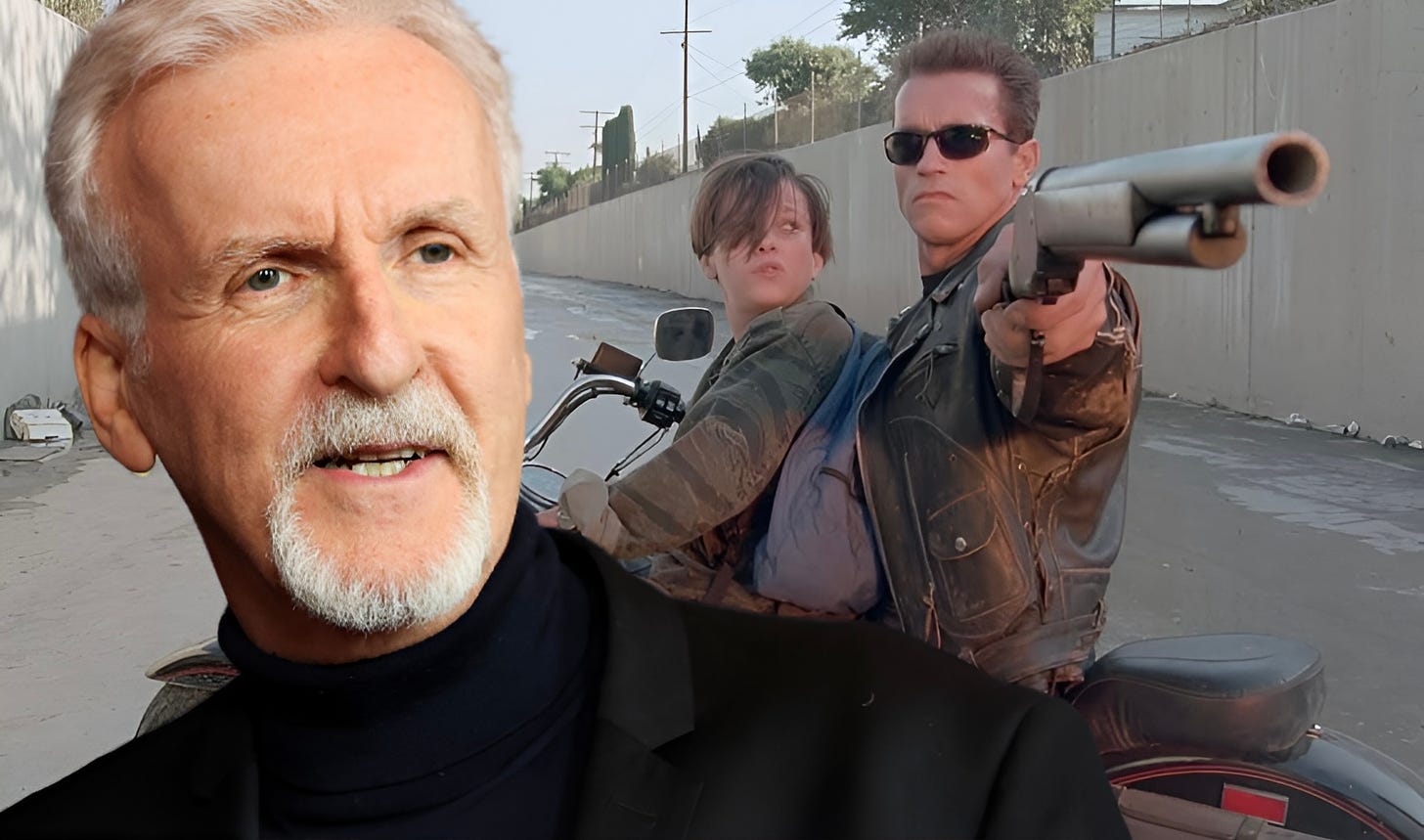
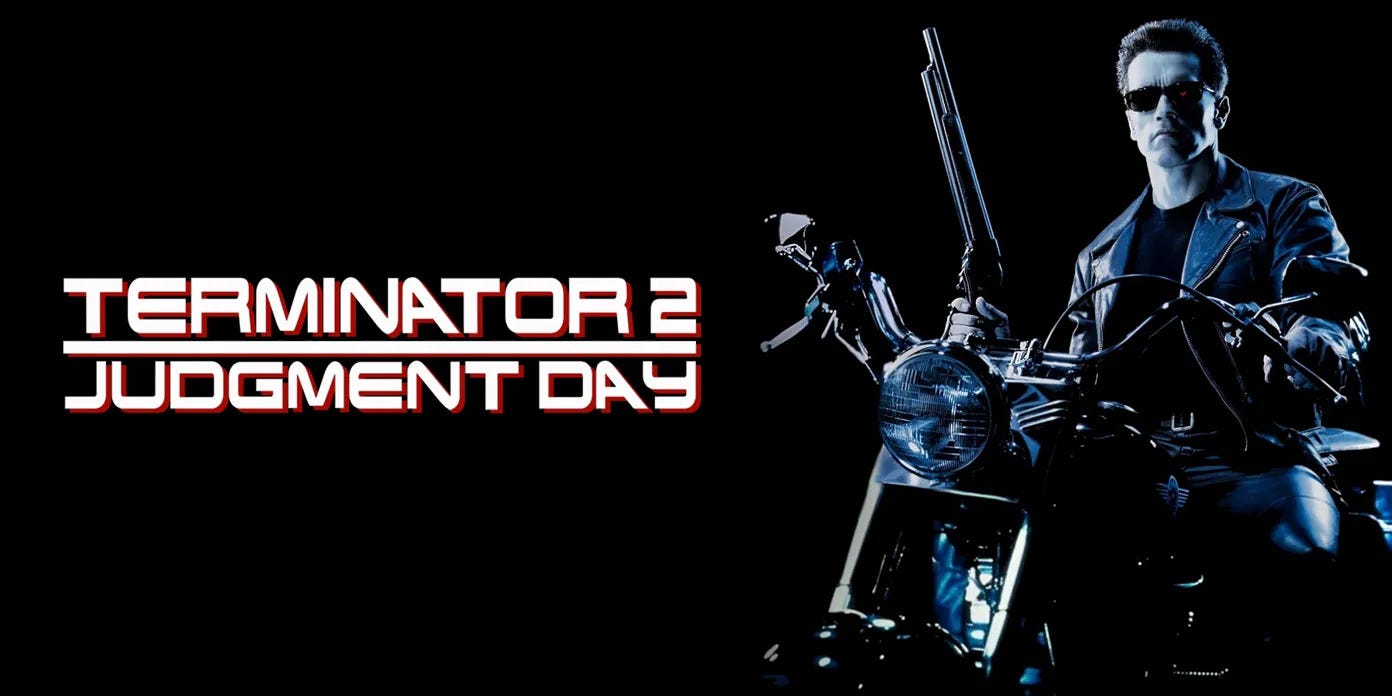
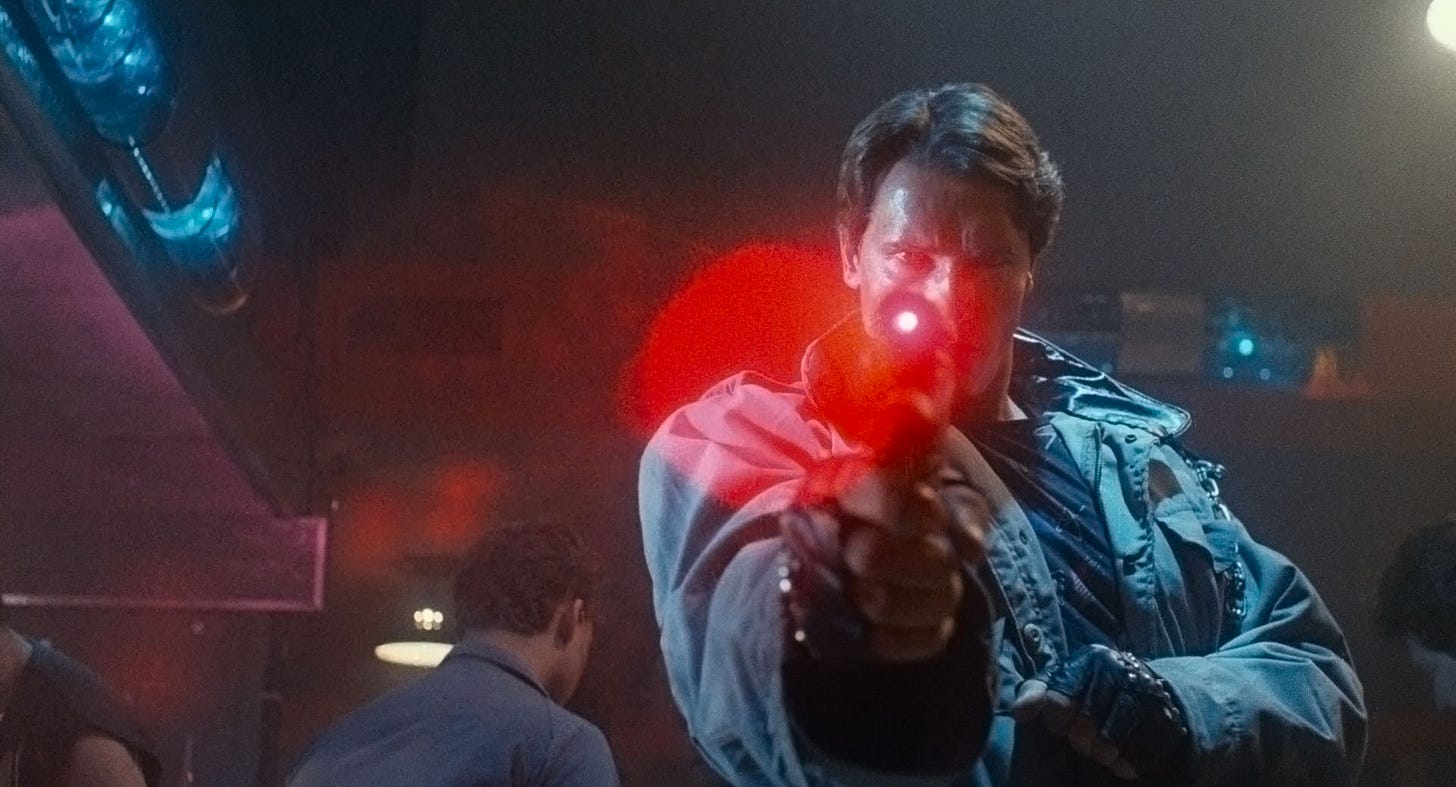
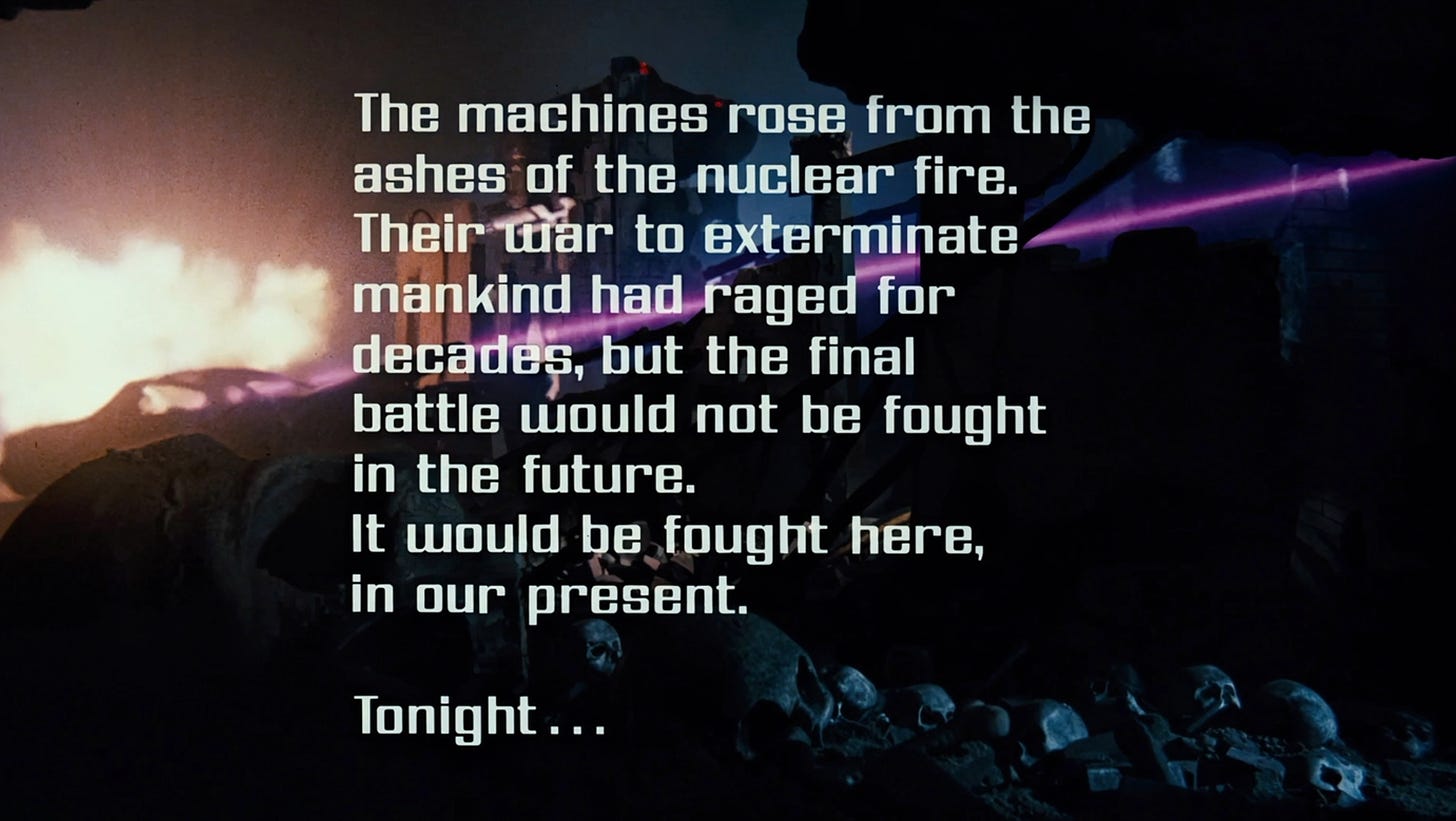
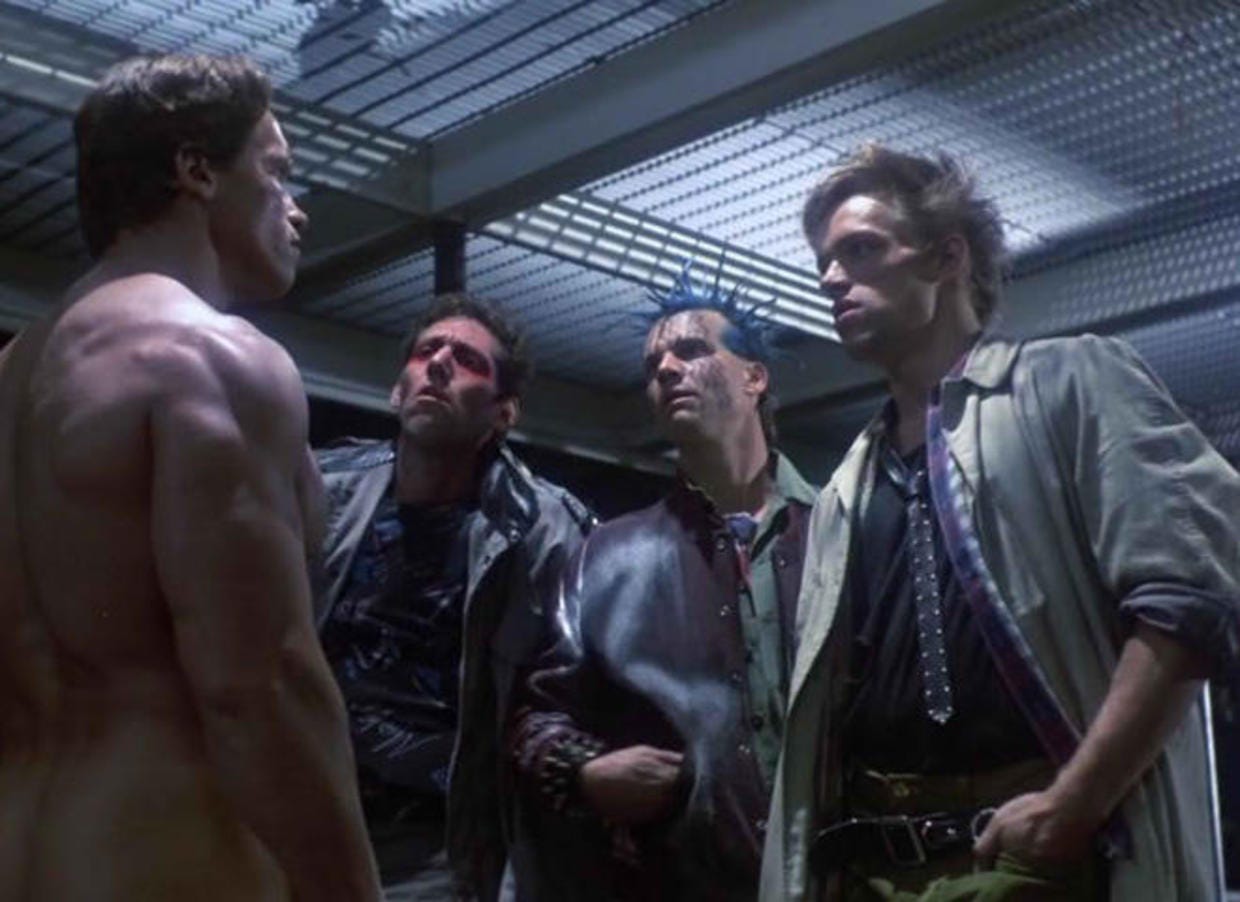
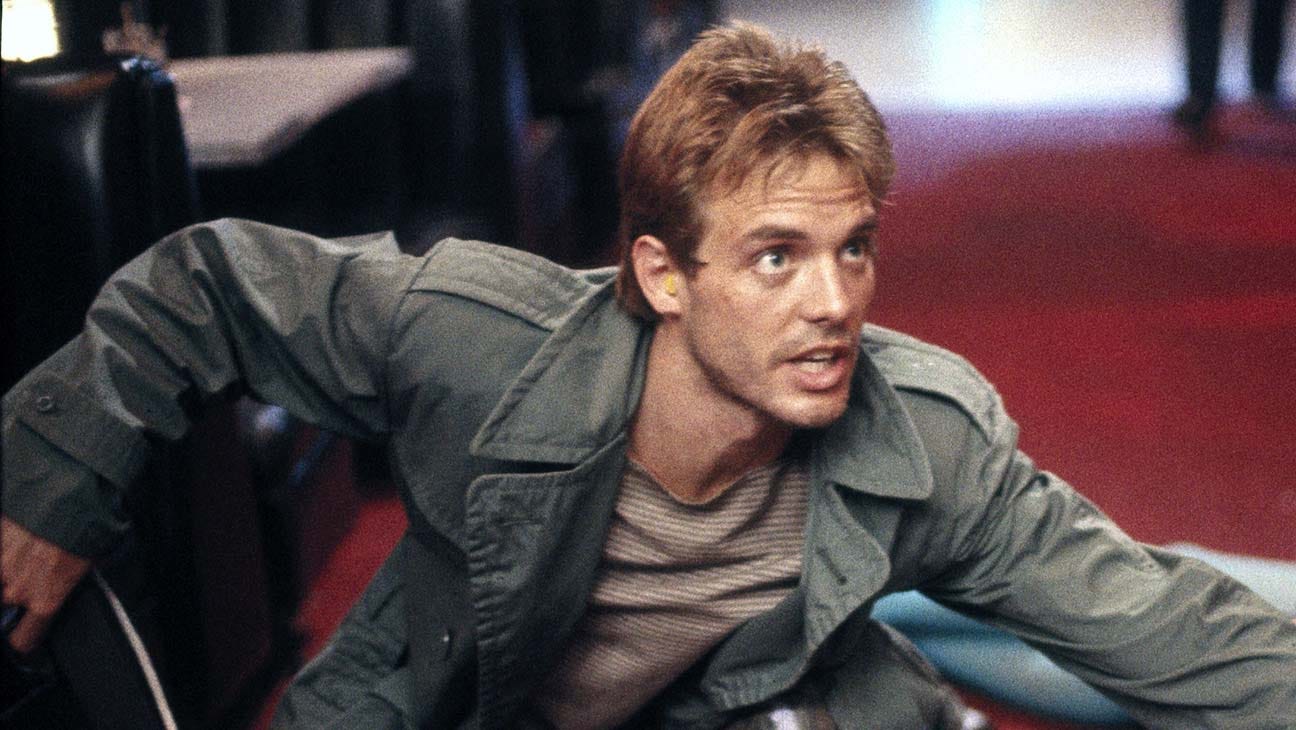
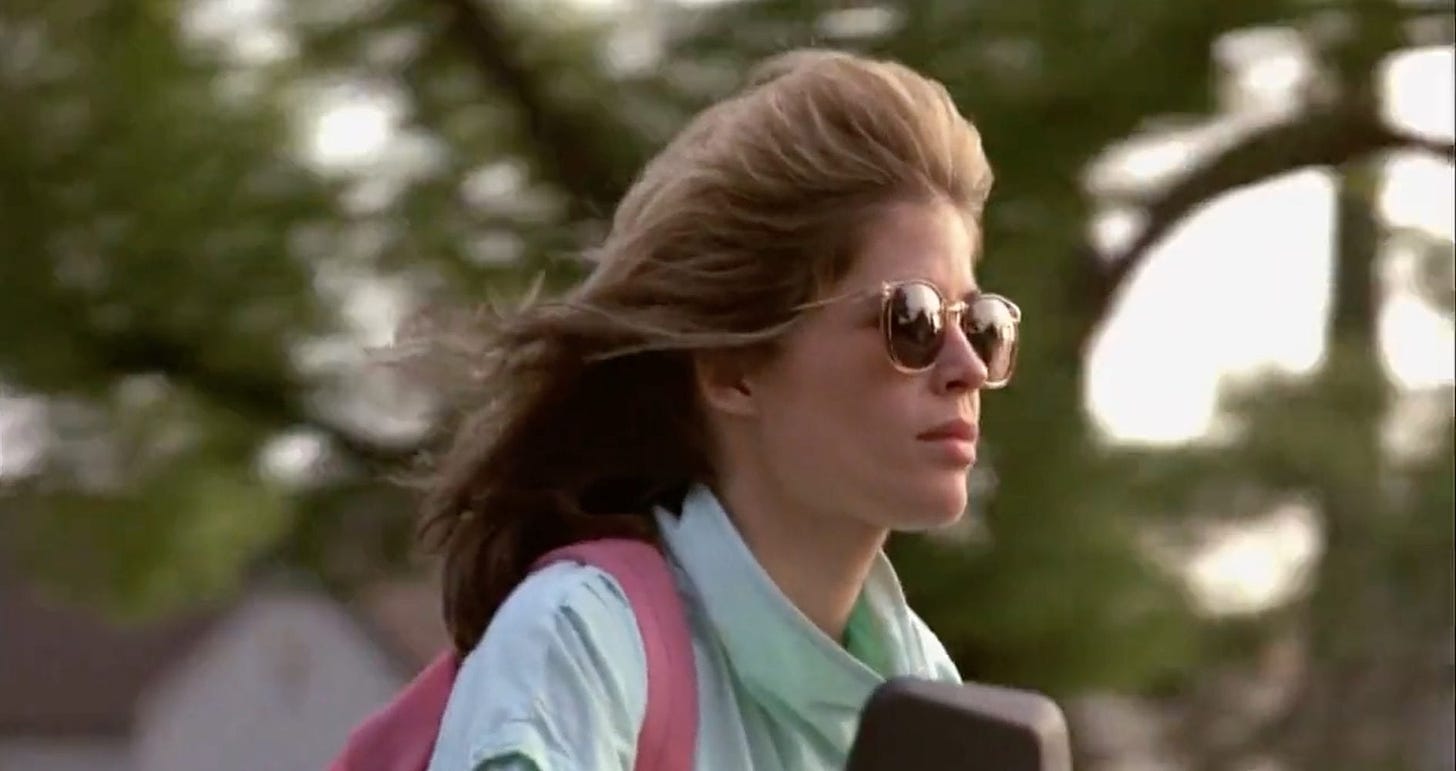
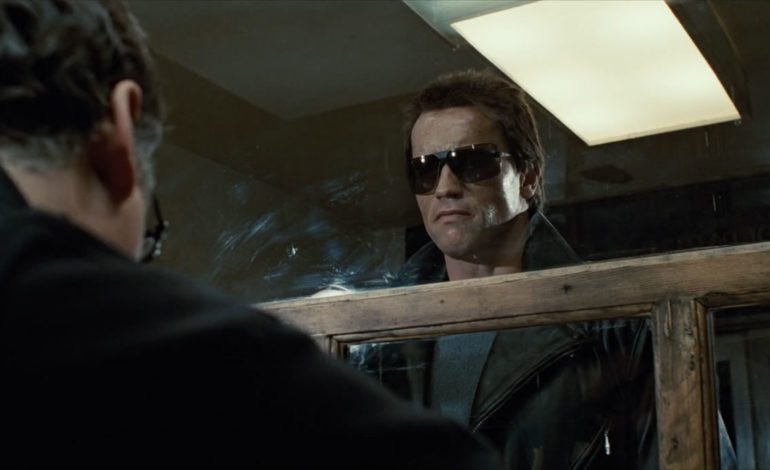
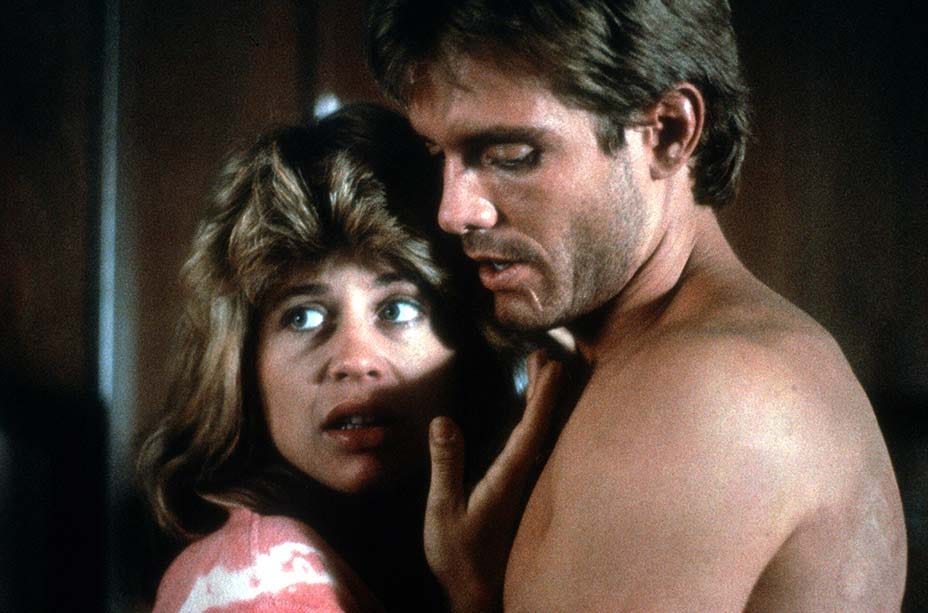
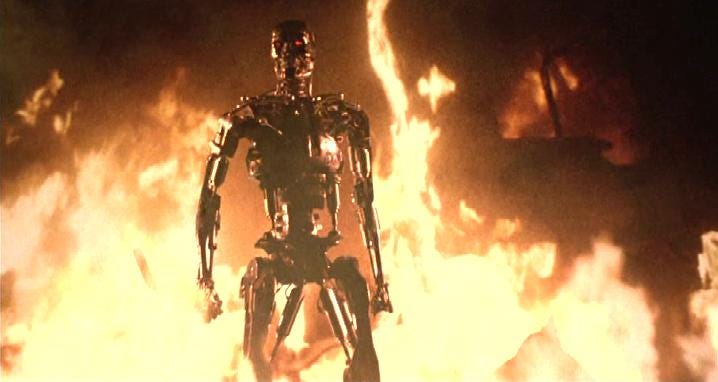
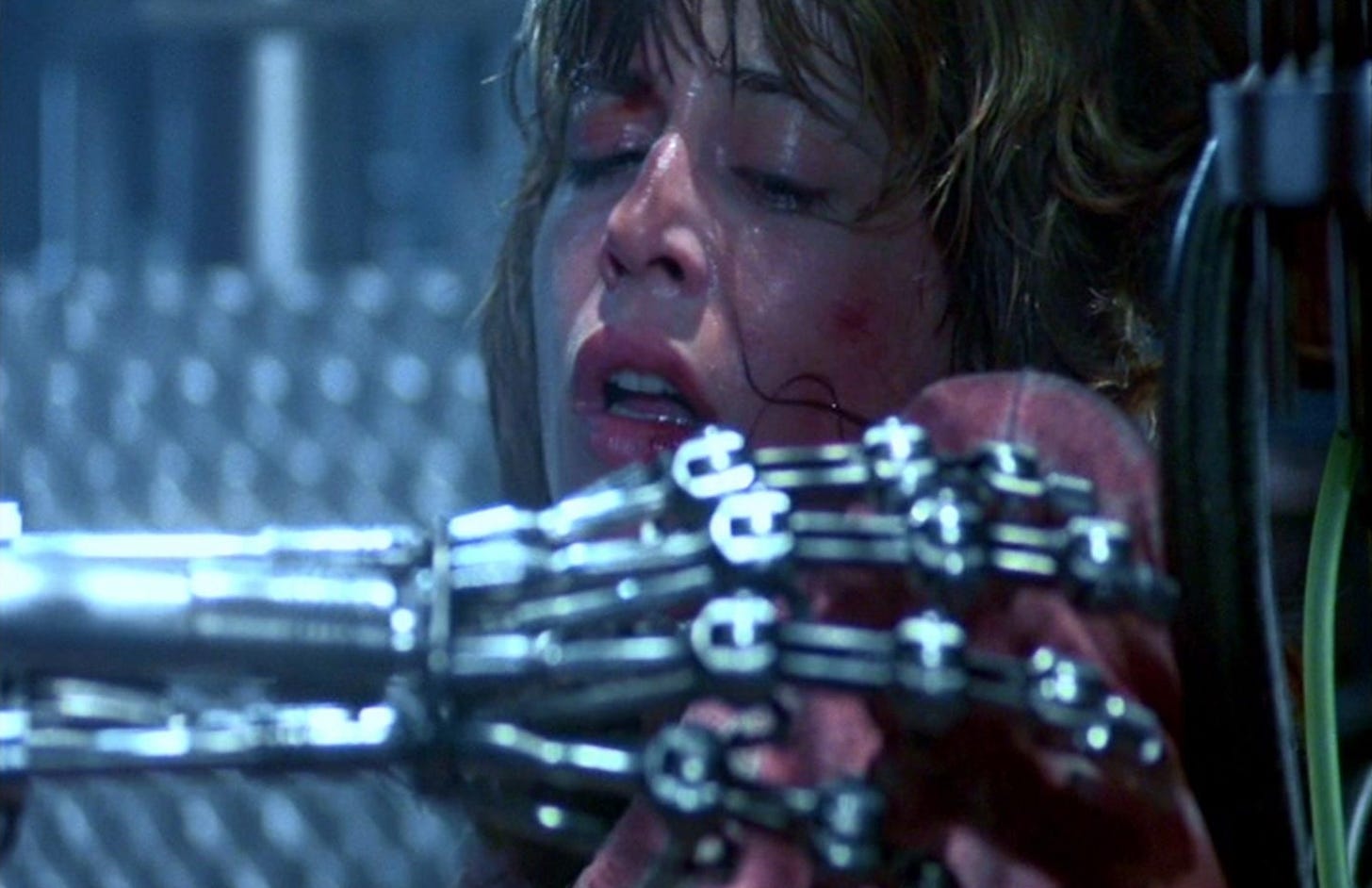

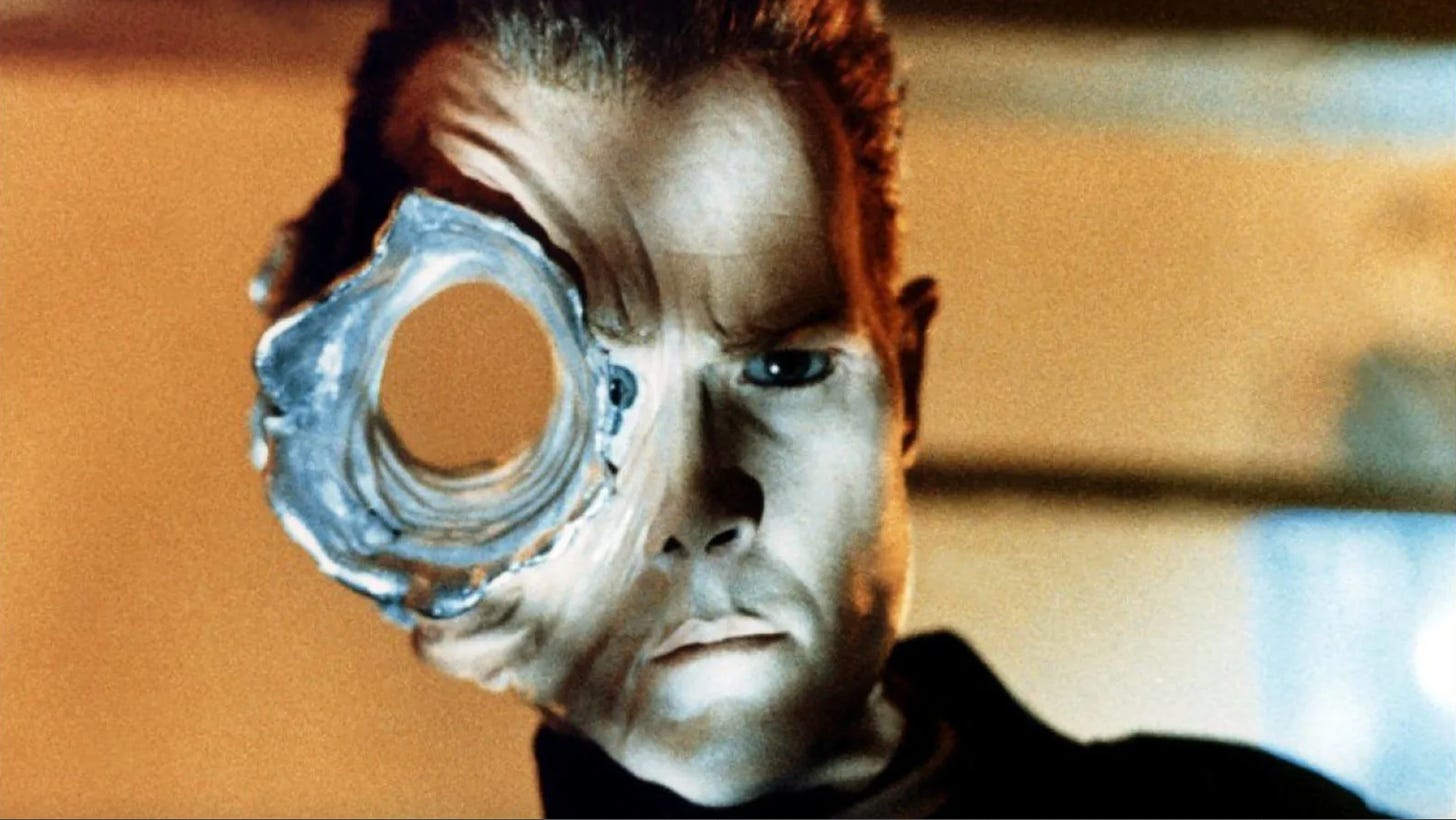
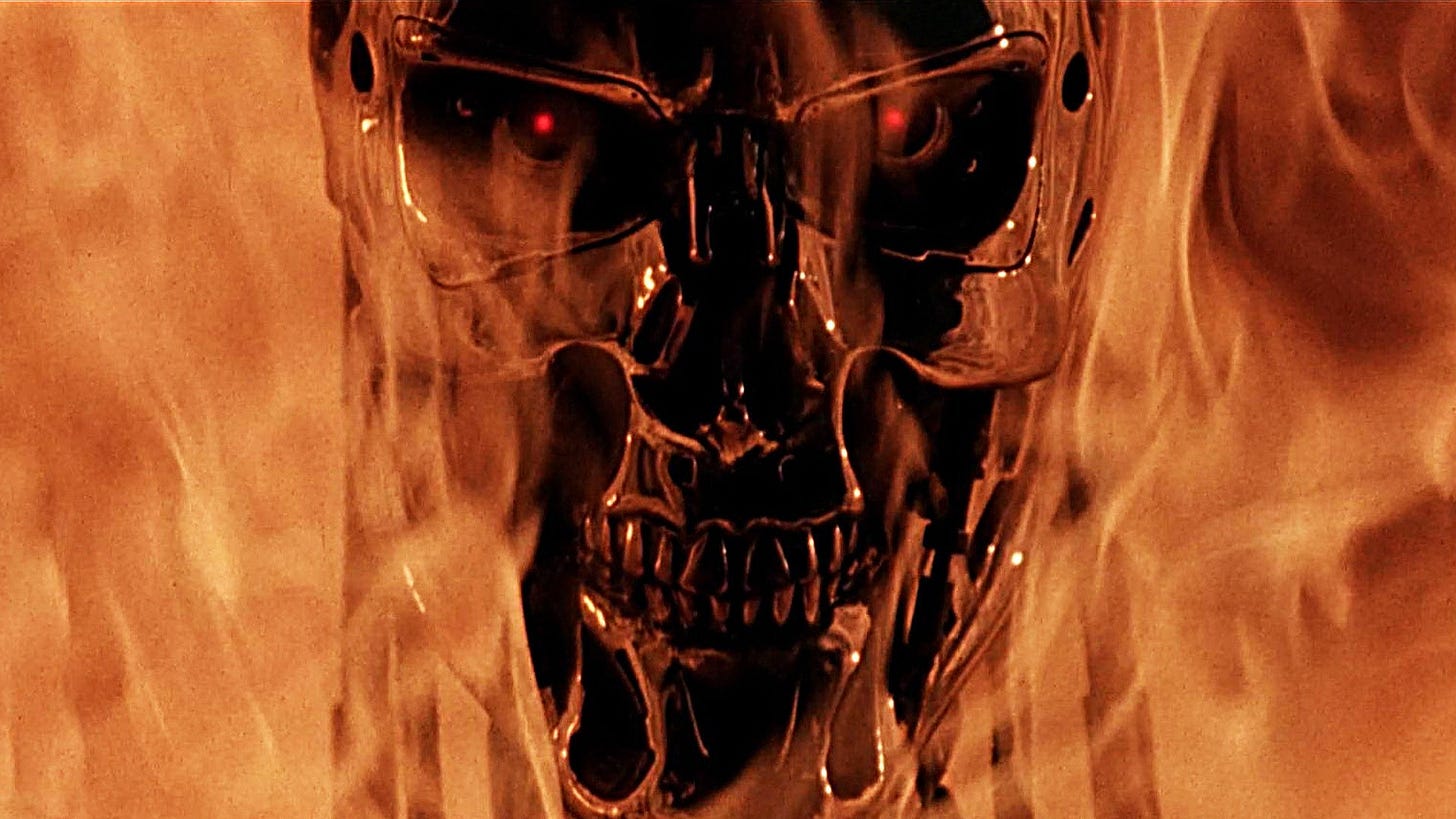
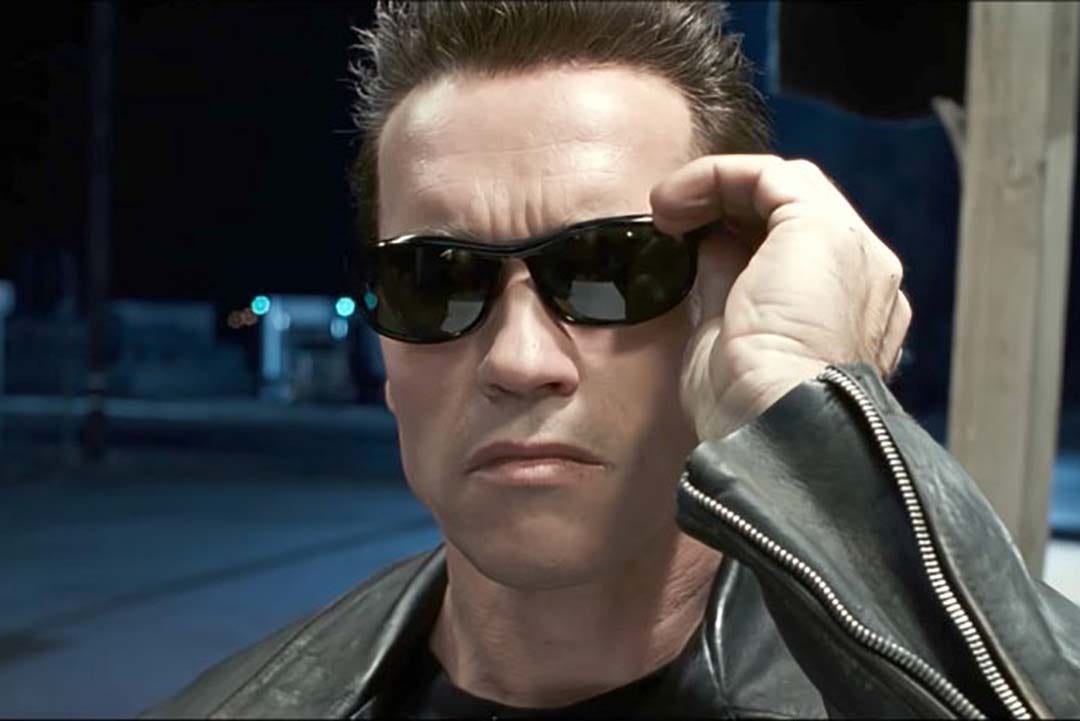
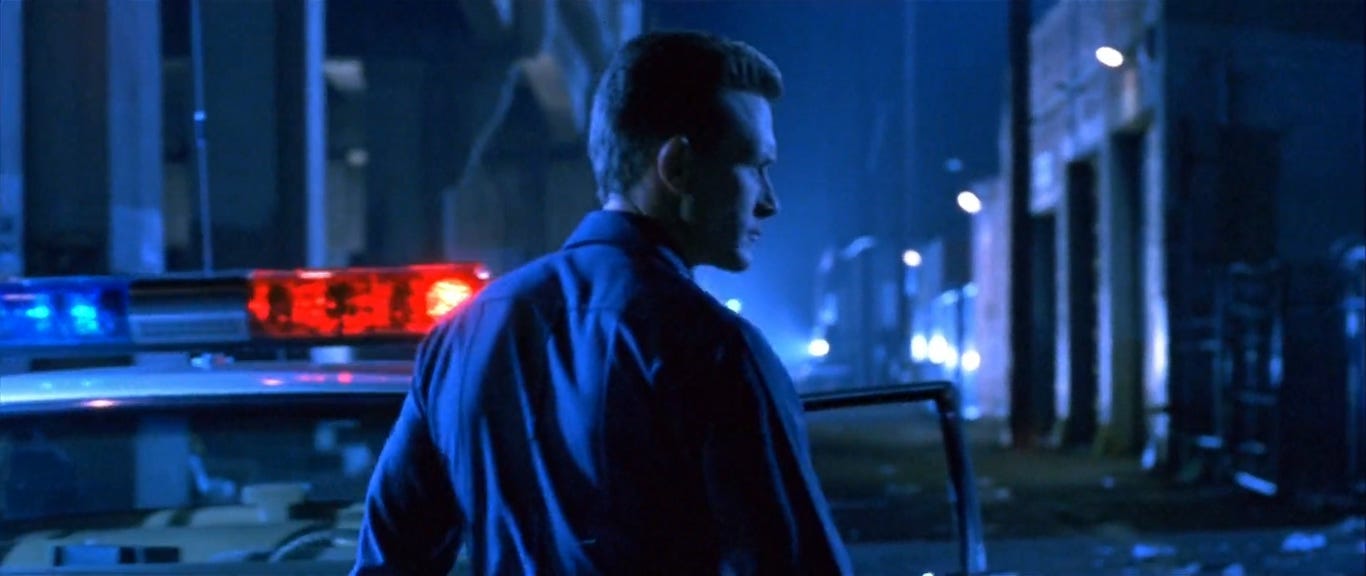
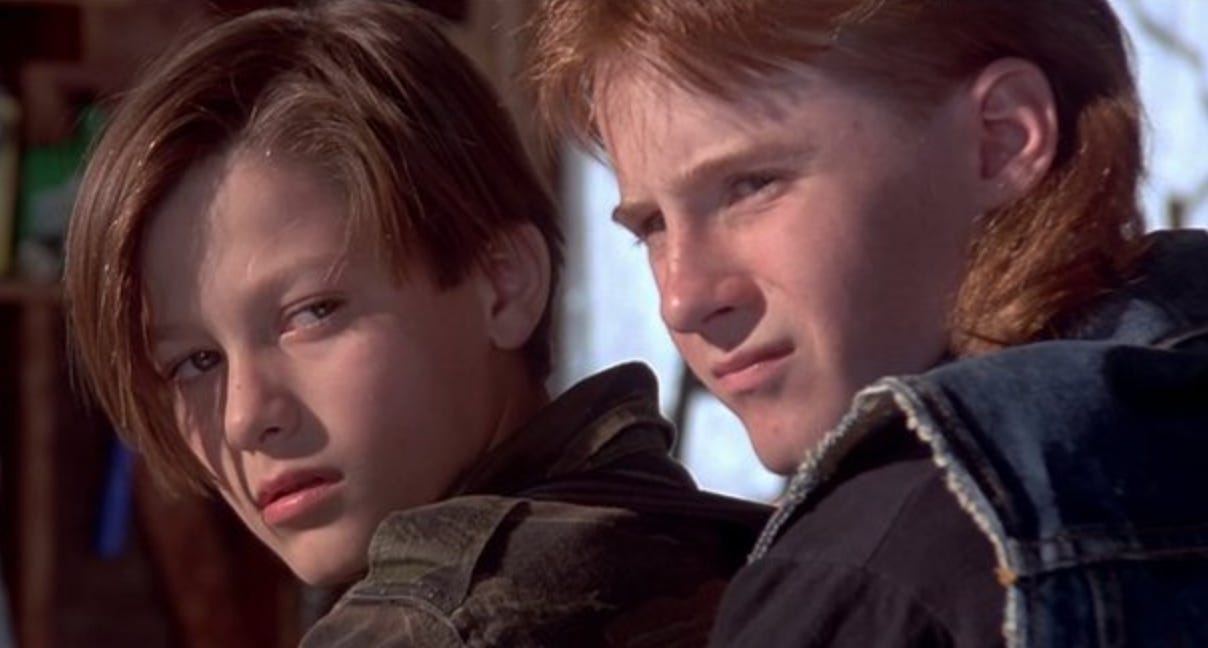
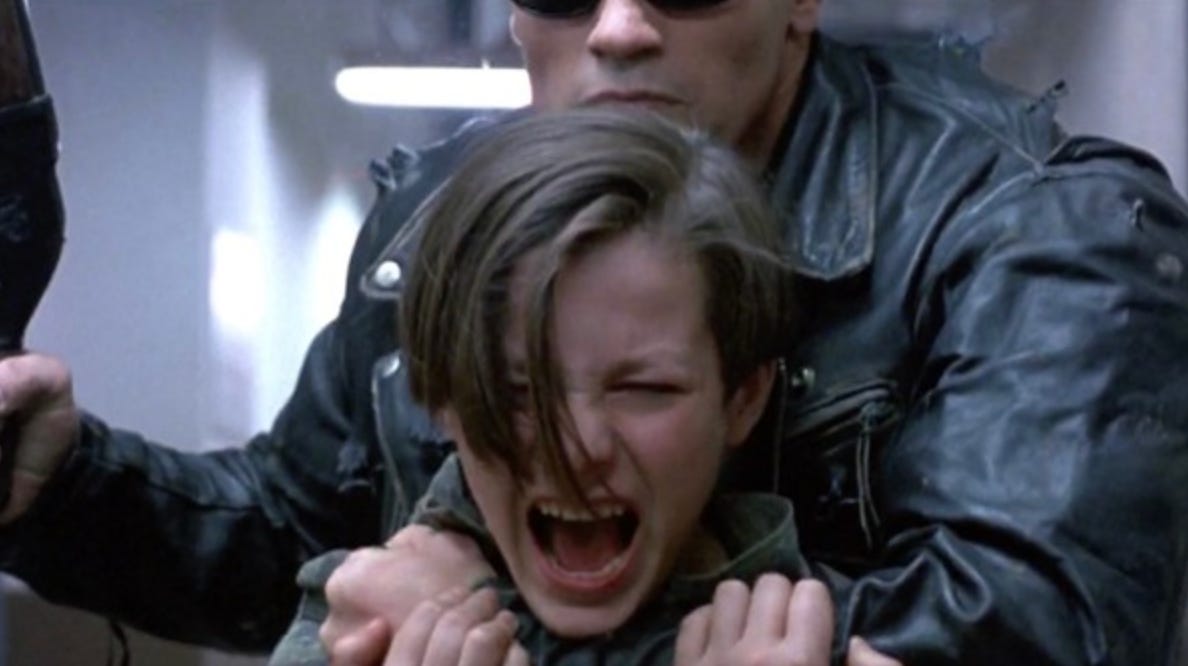
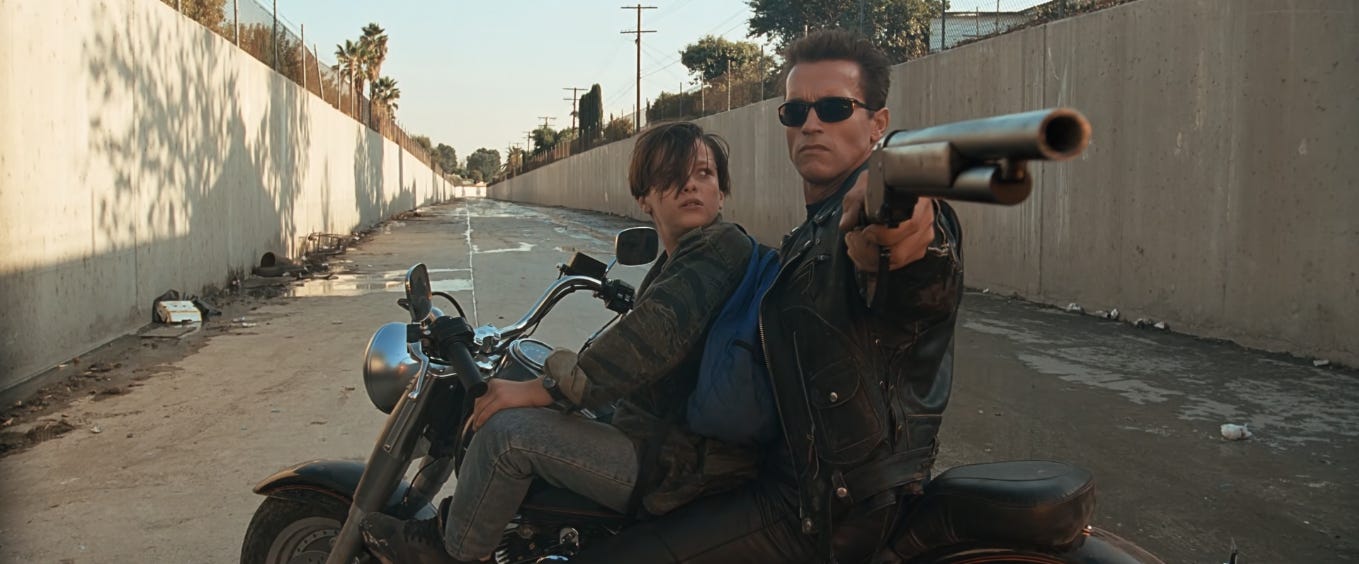
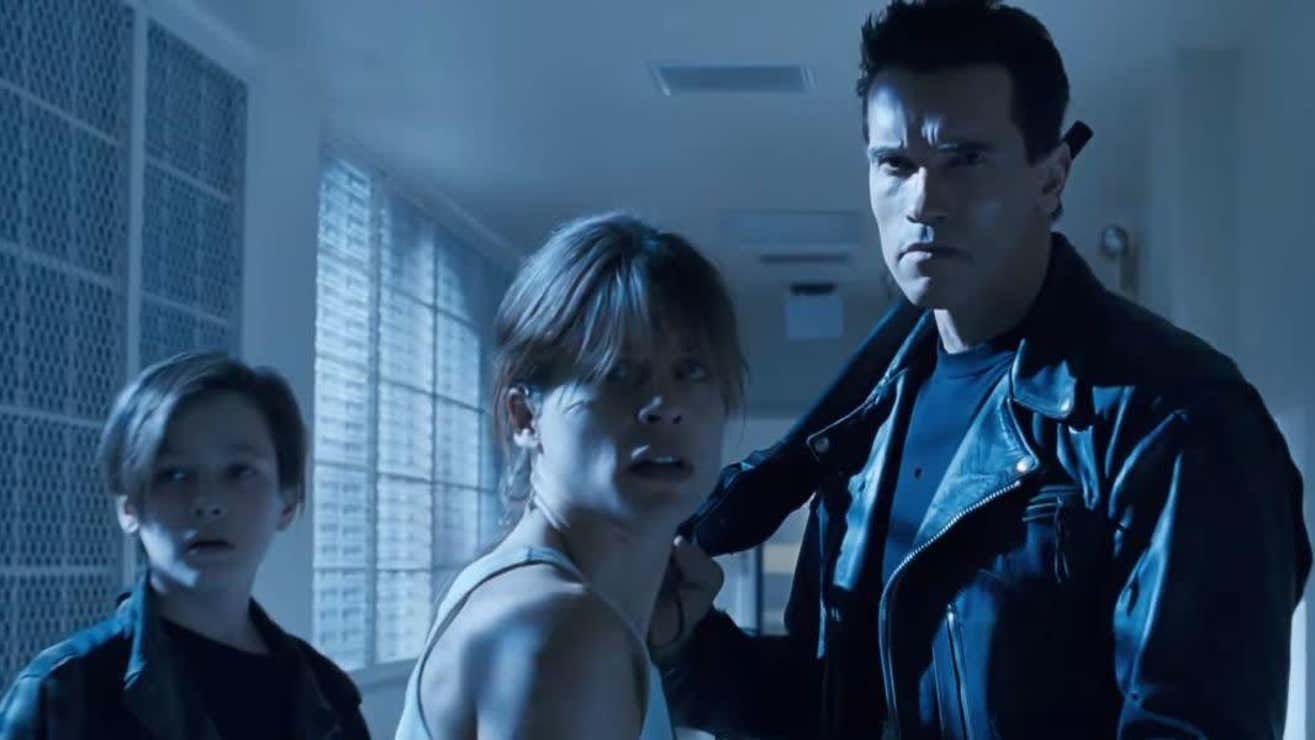
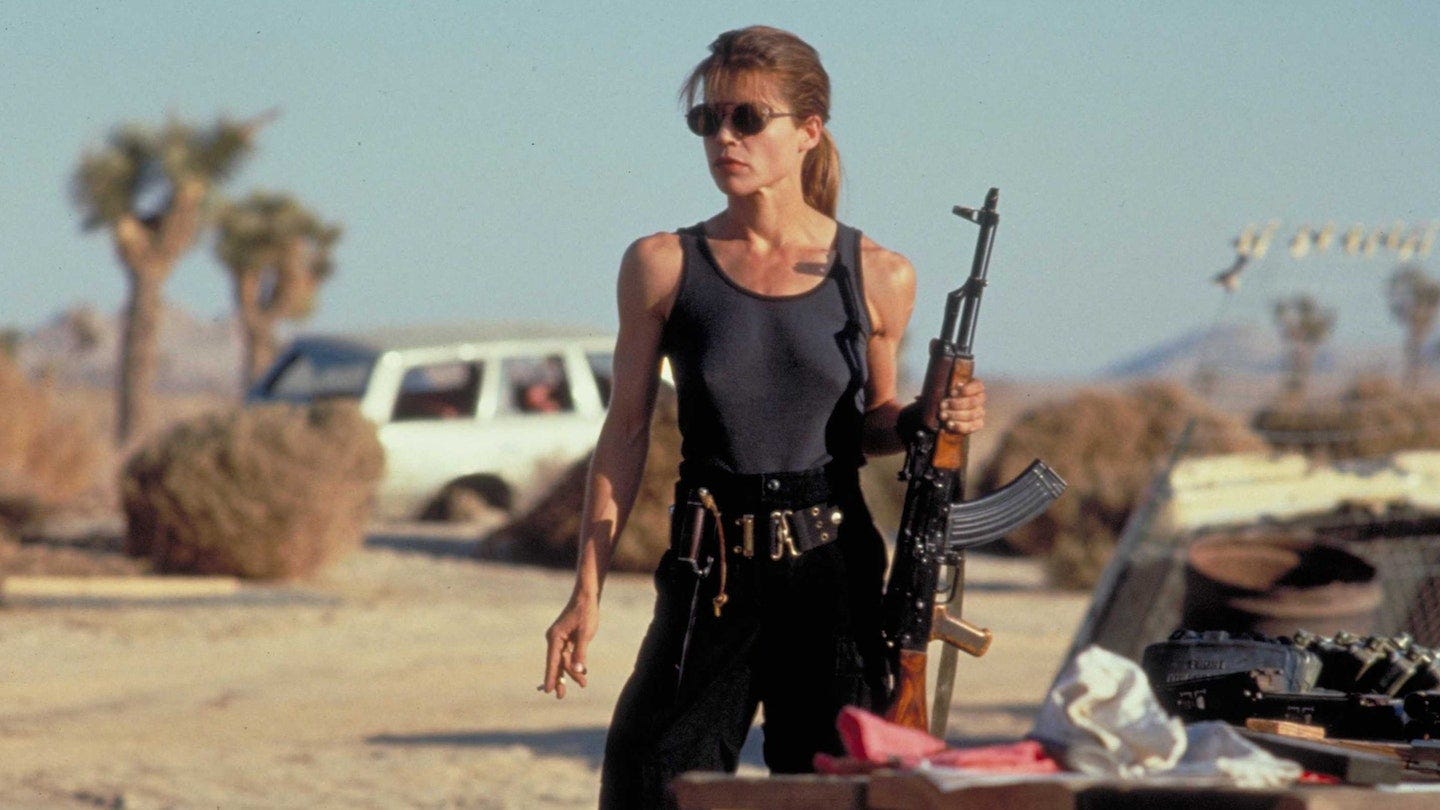
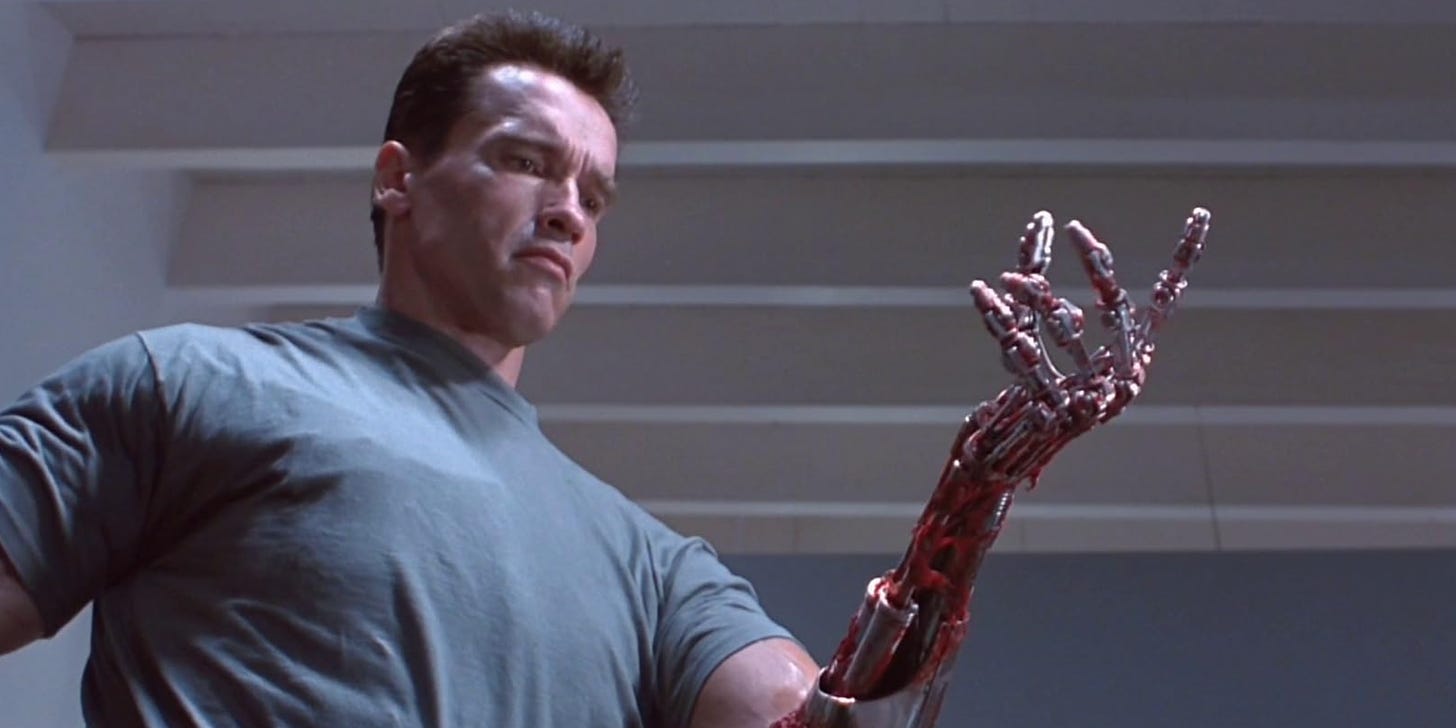
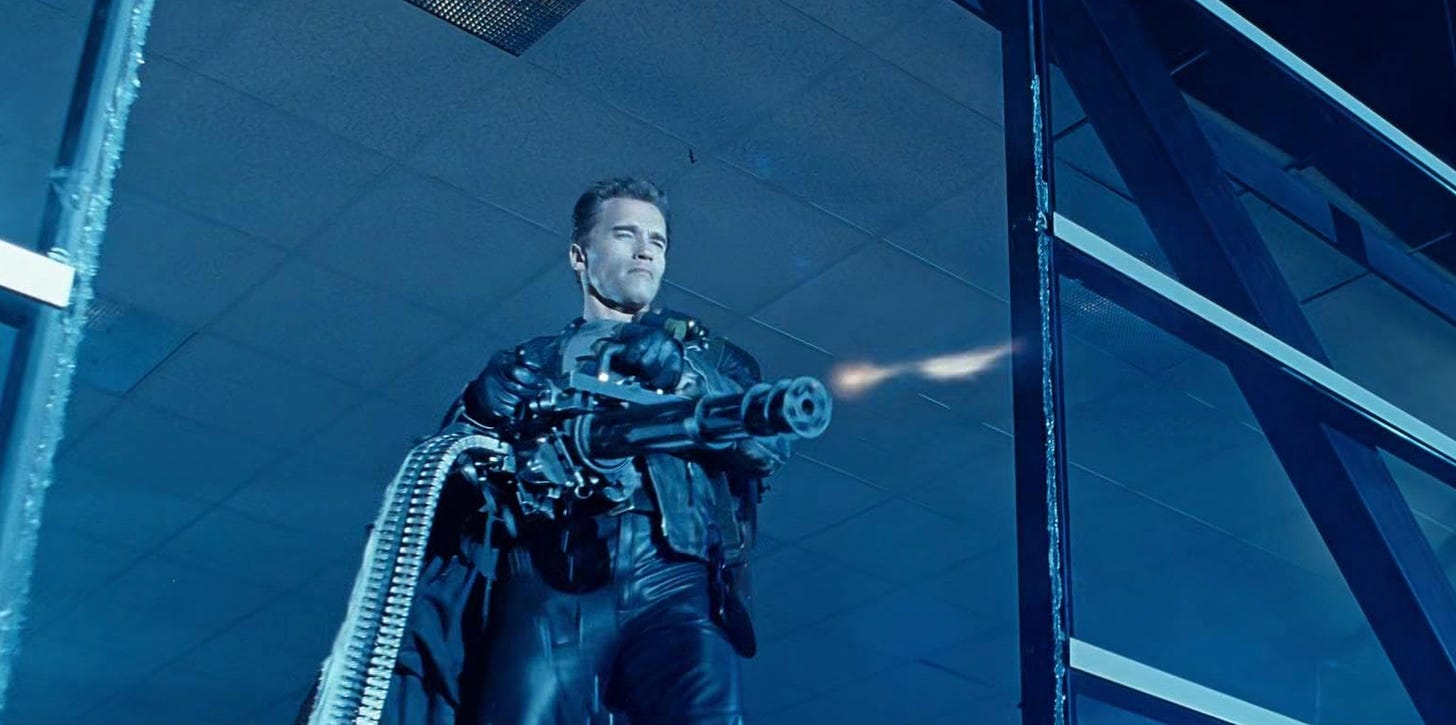
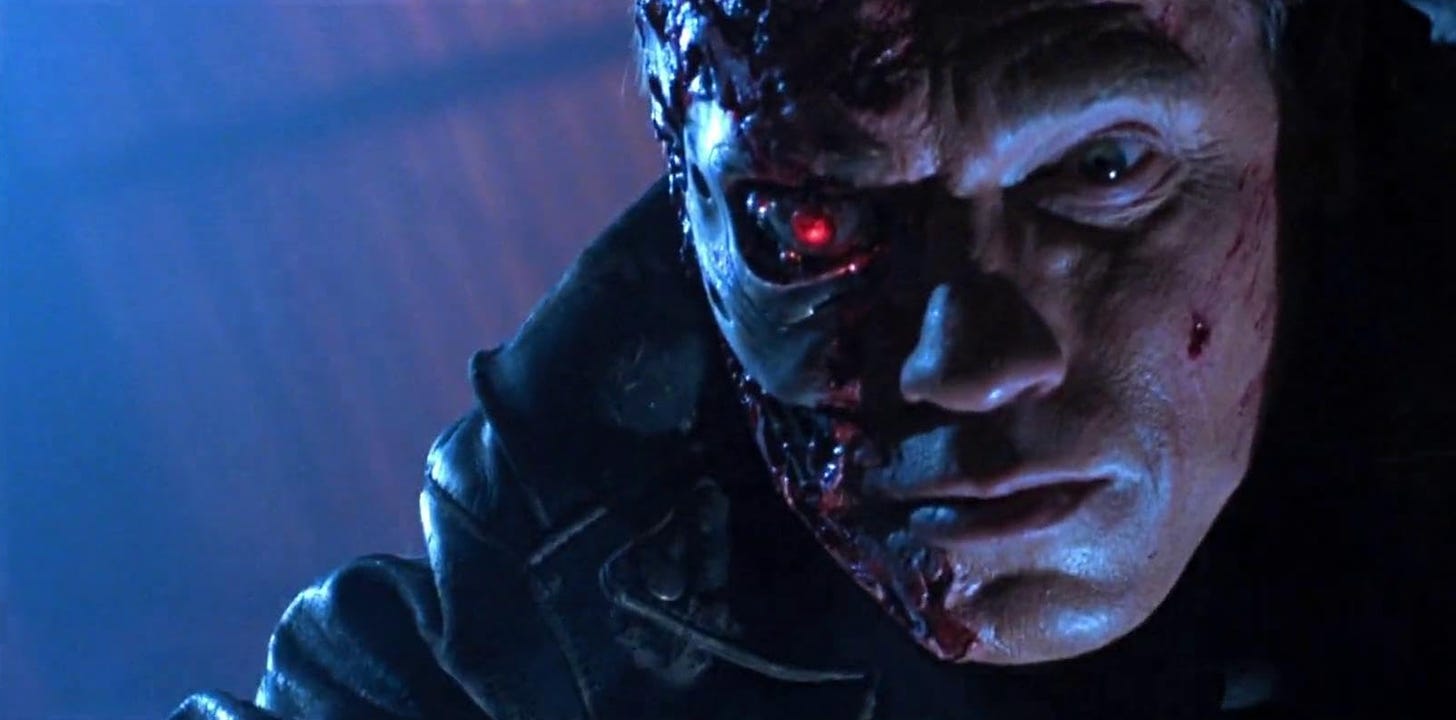
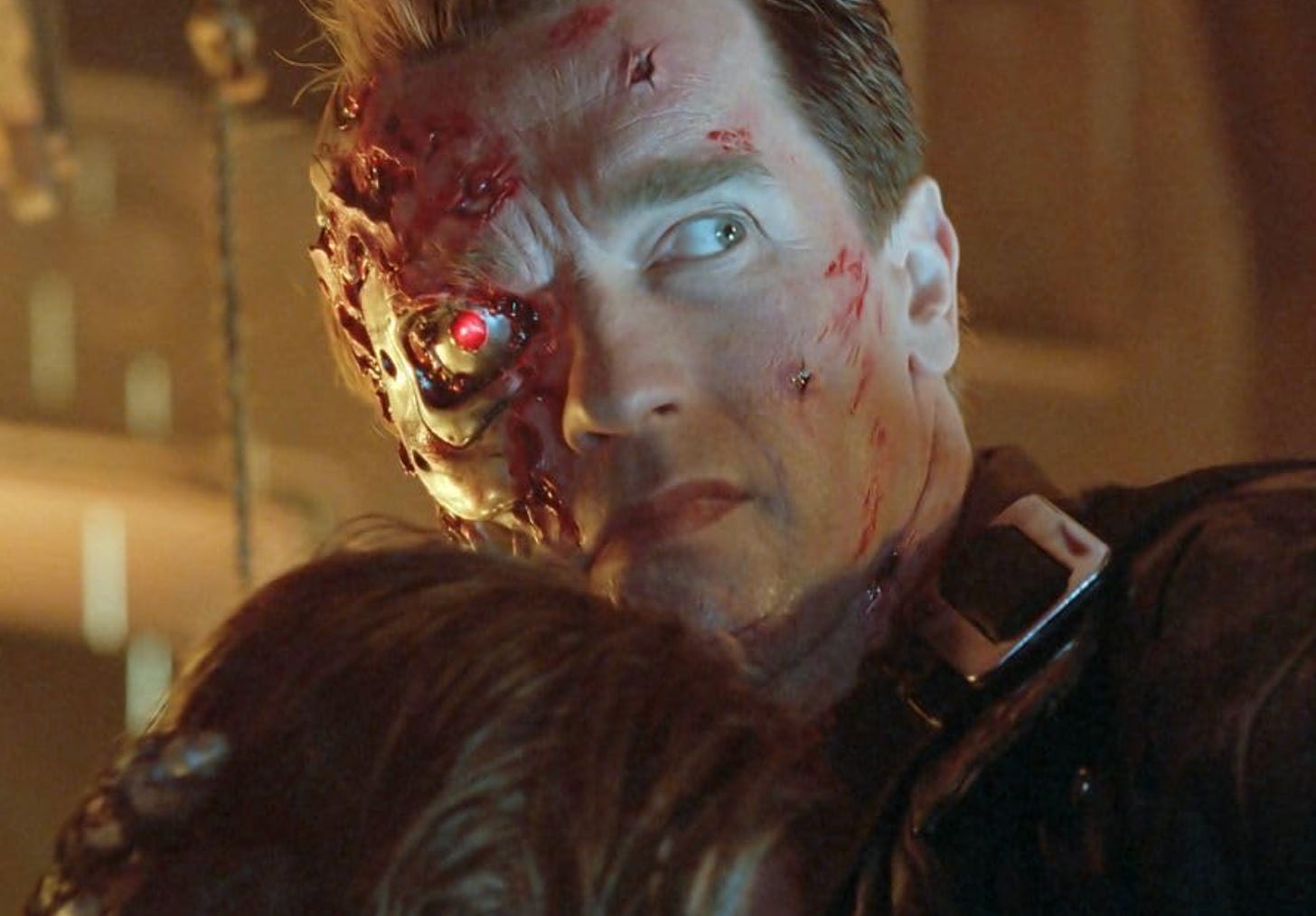
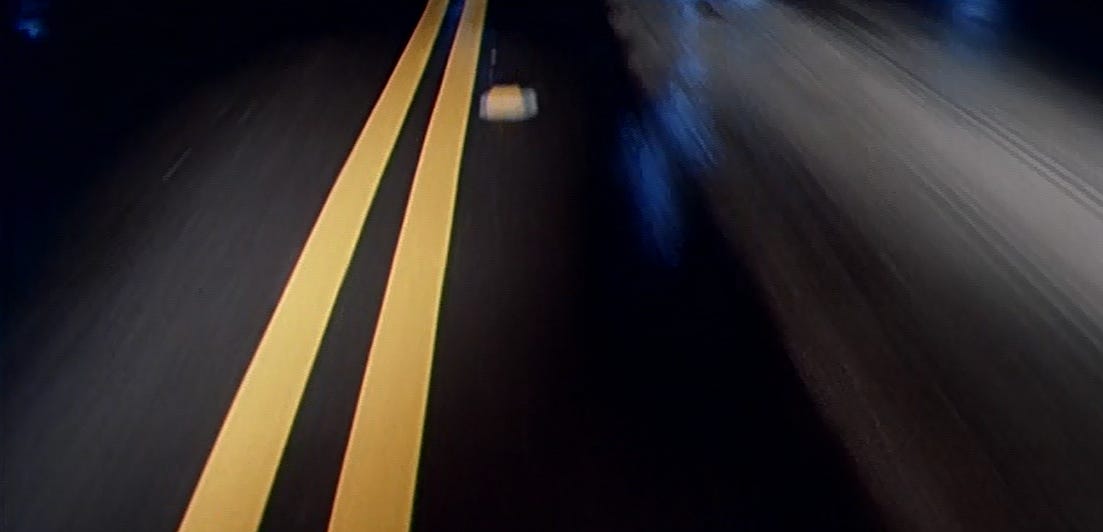
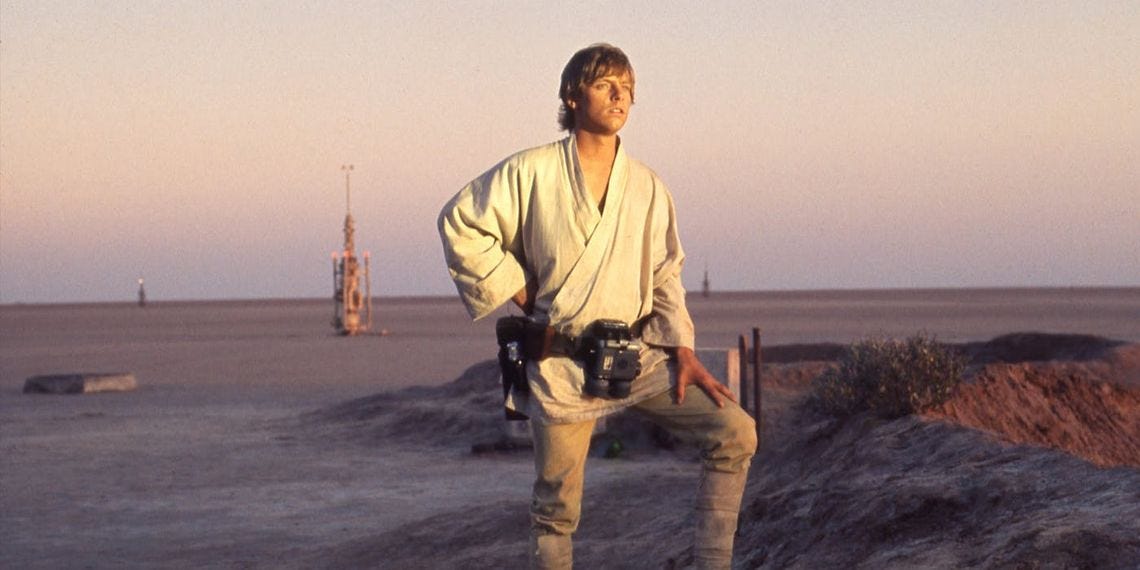
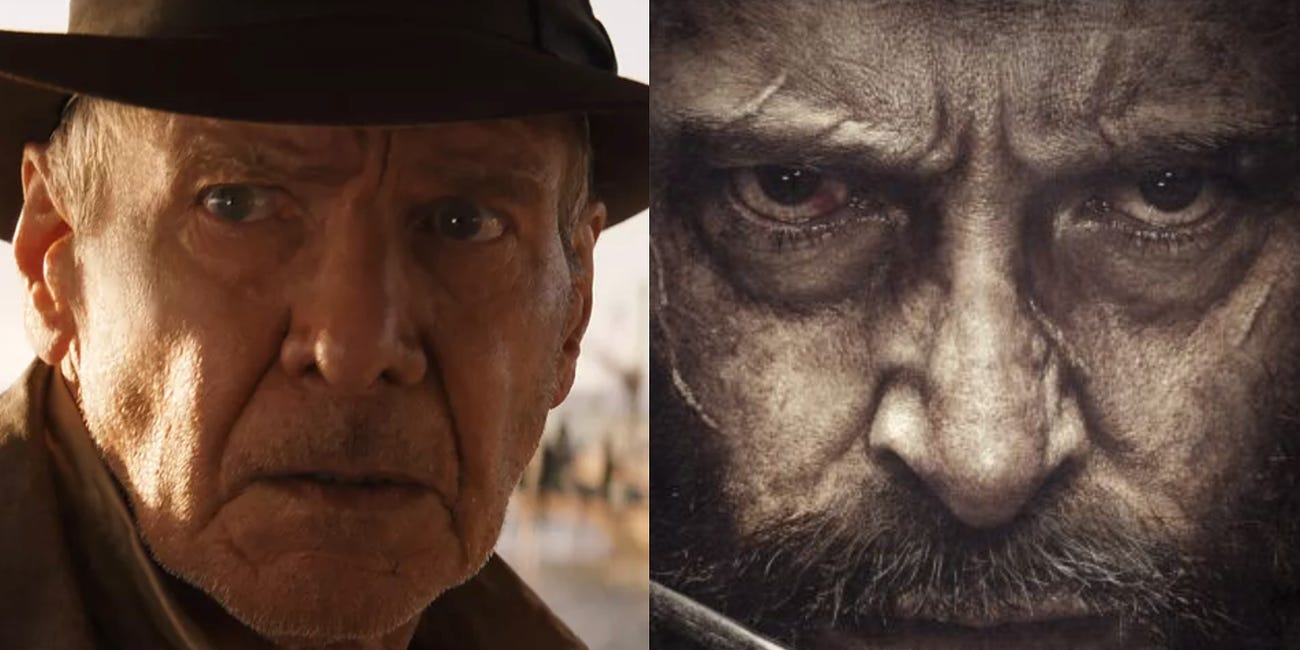
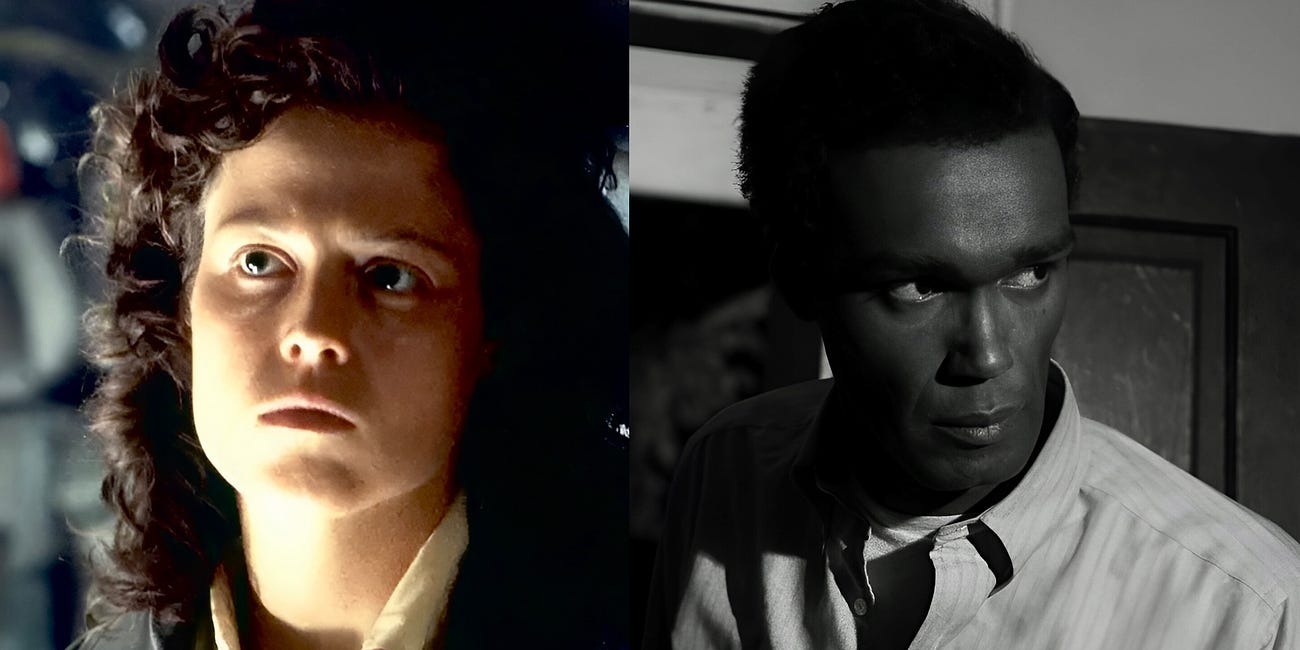
I have always been a fan of the Terminator series even if the movies after T2 weren’t as good. Recently listened to Edward Furlong talking about the struggles he’s been through since. Which is quite sad.
Although I can’t say that I have been that big a fan of the Alien series.
This was such a helpful read. I'm still not sure I agree it's superior to ALIENS, but you've given me so much to think about.